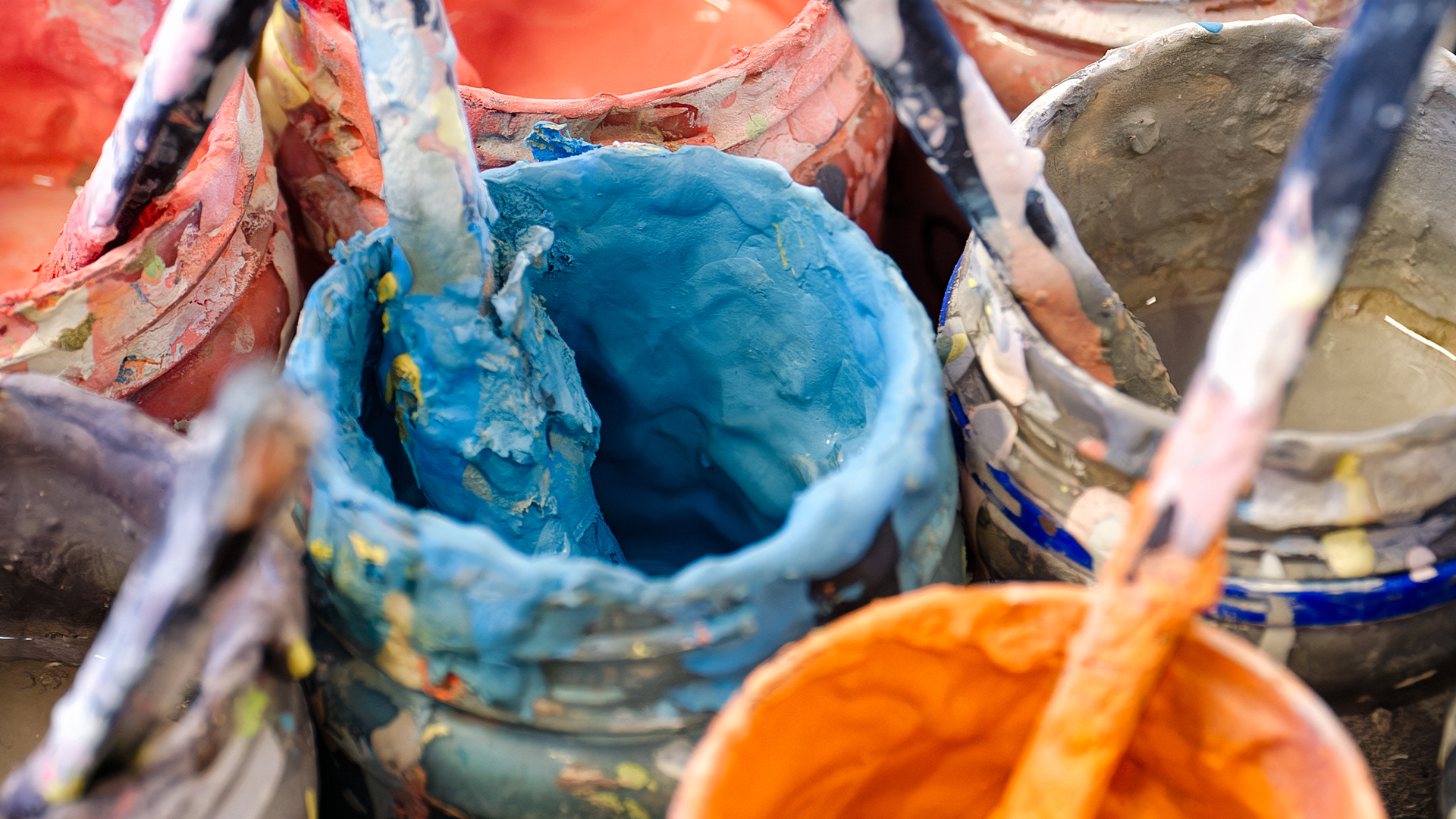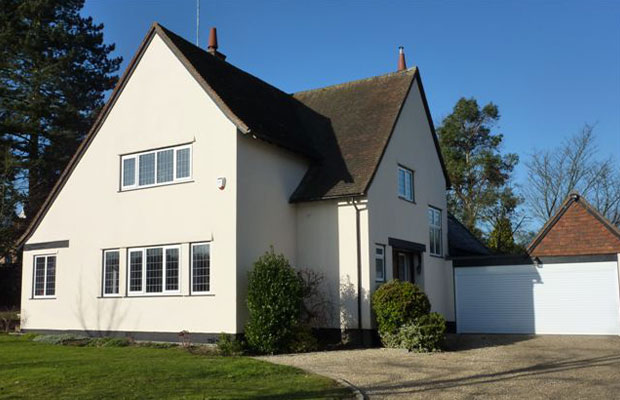In the heart of the United Kingdom, where history whispers from every corner, the preservation of older buildings is not just a matter of aesthetics but a tribute to our heritage. One of the key aspects of maintaining these historical gems is the process of waterproofing exterior walls. This practice is essential in protecting these structures from the often harsh and unpredictable UK weather, ensuring that their legacy continues for future generations.
The Importance of Waterproofing Exterior Walls in Older Buildings
Waterproofing exterior walls is critical in safeguarding older buildings against moisture ingress, which can lead to a host of problems such as damp, mould, and structural damage. In older buildings, especially those with historical value, this is particularly important as their original construction materials and methods may not be as resilient to moisture as modern ones. By waterproofing exterior walls, we extend the life of these buildings and preserve their unique architectural features.
Challenges in Waterproofing Historic Buildings
The process of waterproofing exterior walls in older buildings presents unique challenges. It requires a careful balance between preserving the original structure and applying modern waterproofing solutions. Traditional materials like lime mortar, which are typically found in historical buildings, need to be treated with compatible waterproofing methods to avoid damaging the original fabric of the building.
Selecting the Right Materials for Waterproofing
When waterproofing exterior walls of older buildings, the choice of materials is crucial. Breathable waterproof coatings are often recommended as they allow moisture within the walls to evaporate, preventing any internal damage. These coatings need to be carefully selected to ensure they are sympathetic to the original materials used in the building. It’s not just about keeping the water out, but also about allowing the building to breathe.
Here are some examples of breathable waterproof coatings widely used in the building and restoration industry:
- Silicone-Based Coatings: These coatings are renowned for their high breathability and excellent water-repelling properties. They allow moisture from inside the building to escape while preventing water ingress.
- Micro-Porous Paints: Micro-porous paints are designed to create a permeable layer over the surface. They have tiny pores that allow water vapour to escape but are small enough to prevent liquid water from penetrating.
- Lime-Based Coatings: Often used in historical building restorations, lime-based coatings are naturally breathable and compatible with older construction materials like lime mortar and stone.
- Mineral Silicate Paints: These paints chemically bond with the underlying material, such as masonry, providing a durable, breathable coating. They are particularly suitable for historical buildings due to their natural composition.
- Acrylic Elastomeric Coatings: These are water-based coatings that provide a breathable, flexible membrane over the surface. They are resistant to UV light and can accommodate minor movements in the building structure without cracking.
- Masonry Creams: Masonry creams penetrate deeply into the substrate and create a waterproof barrier. They are highly breathable and often used to improve thermal efficiency by keeping the walls dry.
- Breathable Eco-Friendly Coatings: These are sustainable options made from natural or recycled materials. They are designed to be breathable and environmentally friendly, reducing the carbon footprint of the building.
- Elastomeric Wall Coatings: These coatings are not only breathable but also stretchable, which makes them ideal for covering hairline cracks and ensuring a continuous waterproof barrier.
When selecting a breathable waterproof coating, it is essential to consider the specific requirements of the building, particularly if it is an older or heritage property. The compatibility of the coating with the existing materials and the building’s historical significance should be a primary consideration. Consulting with professionals like us at All Weather Coating can ensure that the right product is chosen for effective and lasting protection.
Techniques for Waterproofing Older Structures
The techniques used for waterproofing exterior walls in older buildings should be minimally invasive. This might include applying a waterproof membrane or a specialised exterior coating. In some cases, more extensive work such as repointing with a suitable mortar mix is necessary. It’s essential that the professionals handling the waterproofing are experienced in dealing with older buildings to ensure that the techniques used do not detract from the building’s historical value.
Benefits of Waterproofing Exterior Walls
Waterproofing exterior walls of older buildings is not just about protection; it’s an investment in the building’s future. It helps in maintaining the structural integrity of the building, preventing costly repairs in the future. Moreover, it improves the internal environment, making the building more comfortable and safe for occupants. This process also contributes to energy efficiency, as dry walls provide better insulation than damp ones.
Regulatory Considerations and Permissions
When planning to waterproof exterior walls of a heritage building, it’s important to consider any regulatory requirements. In many cases, listed building consent may be required before any work is carried out. This ensures that any alterations, including waterproofing, are in keeping with the building’s historical significance and aesthetic.
Waterproofing as a Sustainable Practice
In addition to preserving heritage, waterproofing exterior walls is a sustainable practice. By prolonging the life of existing buildings, we reduce the need for new construction and the consumption of new resources. It’s a way of honouring our past while being mindful of our future.
Choosing the Right Experts for Waterproofing
When it comes to waterproofing exterior walls of older buildings, the expertise of the professionals involved is paramount. It’s important to choose a company that specialises in weatherproofing historic buildings and understands the nuances of working with older structures. They should have a proven track record in preserving the integrity and aesthetics of historical properties.
Conclusion
Waterproofing exterior walls is a vital aspect of preserving the historical and architectural heritage of older buildings in the UK. It protects these treasures from the elements, ensures their structural integrity, and maintains their beauty for generations to come. If you own or manage an older building and are considering waterproofing its exterior walls, it’s crucial to seek expert advice and services. Contact All Weather Coating for specialised guidance and high-quality weatherproofing services that respect and enhance your property’s historical value. Let us help you safeguard your piece of history.
Protect the past for the future. Contact All Weather Coating today to enquire about our specialised services in waterproofing exterior walls of older buildings. Preserve your heritage with expertise and care.









